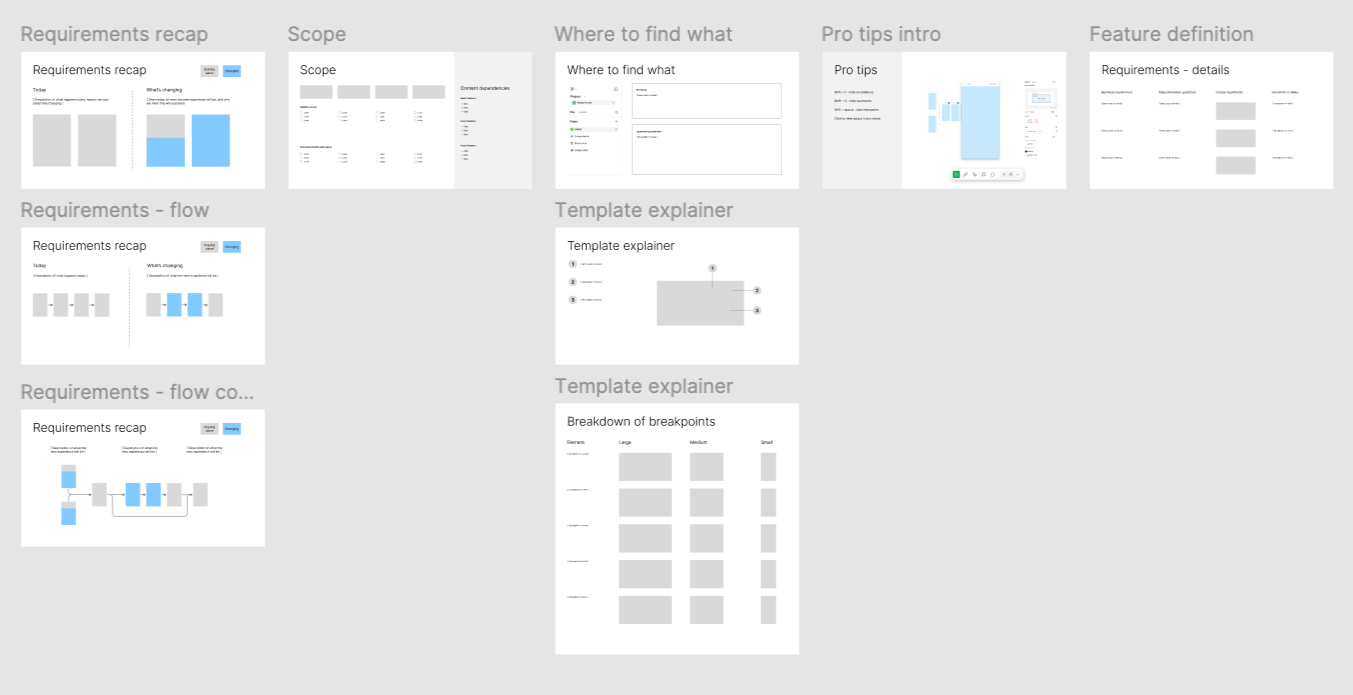Something that’s been ping ponging it’s way around my mind is how to set myself (and, by extension, others who follow) up for success when it comes to being a broader influence on design strategy within a design org.
Here my initial very very rough thoughts - partially as a stake in the ground for myself, partially as a means to motivate me to turn this into a proper template others can leverage.
The metaphor that’s been working for me is the notion of being a say offensive coach on a sports team (insert soccer or american football as you prefer).
Section 1: what does design strategy look like?
Specifically: when you are looking to have impact beyond any one project.
Looking to answer for myself:
What should team members be coming to you for?
What are you sharing out and driving yourself?
Section 2: what does a “day in the life” look like?
Section 3: what does design strategy look like?
Here we get to brass tacks: what am I tracking for myself, what am I sharing out and doing with teams?






















